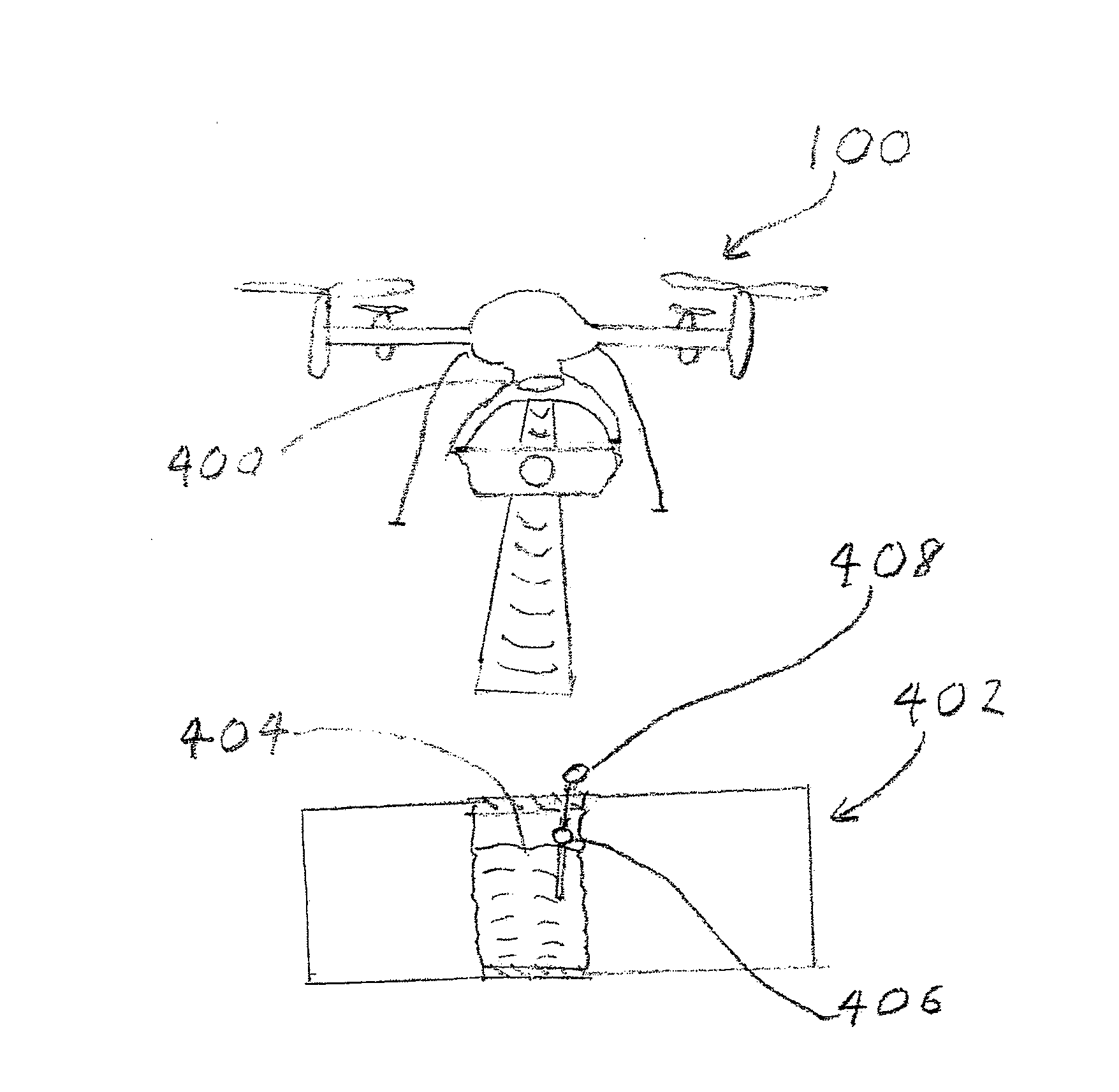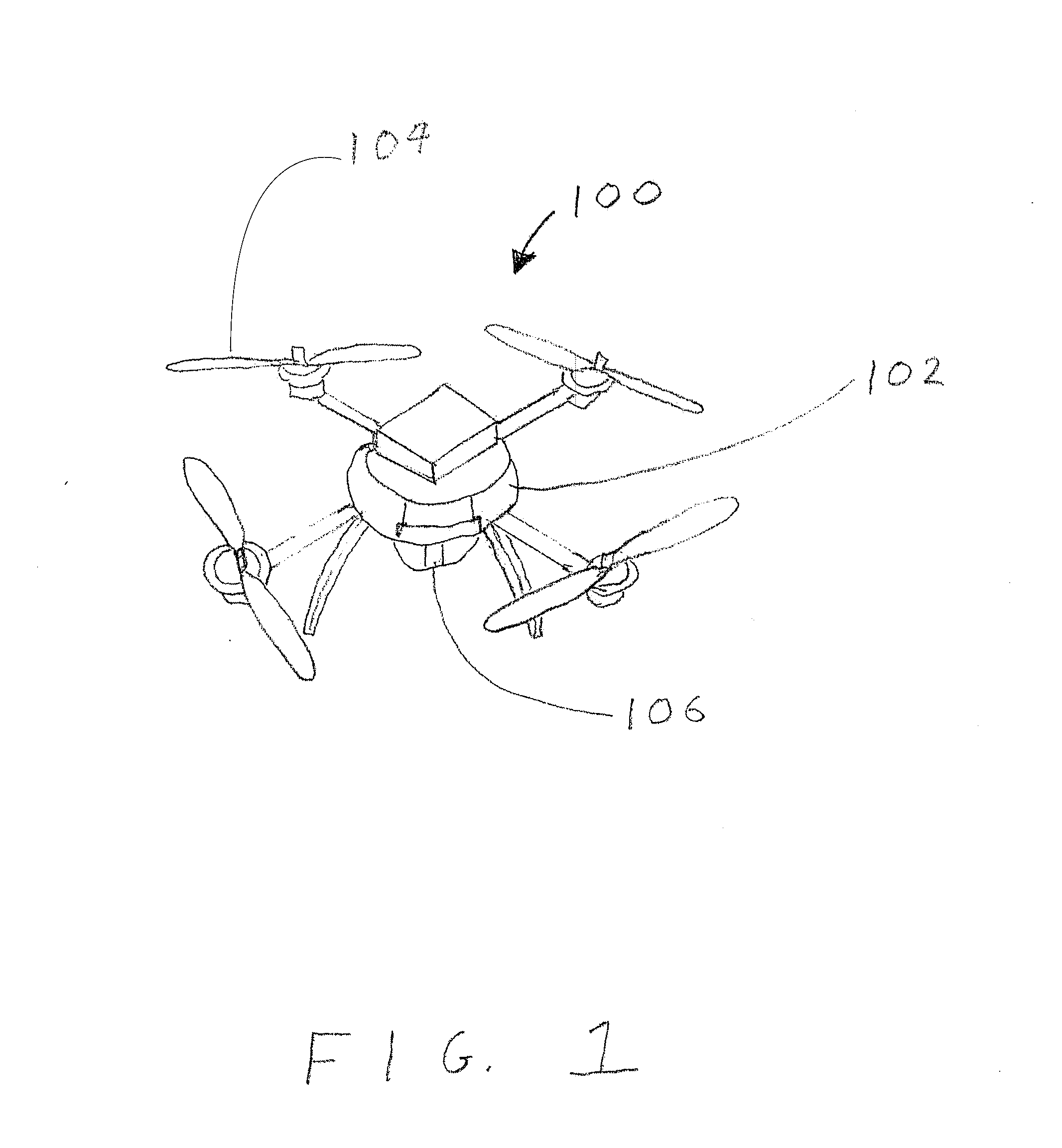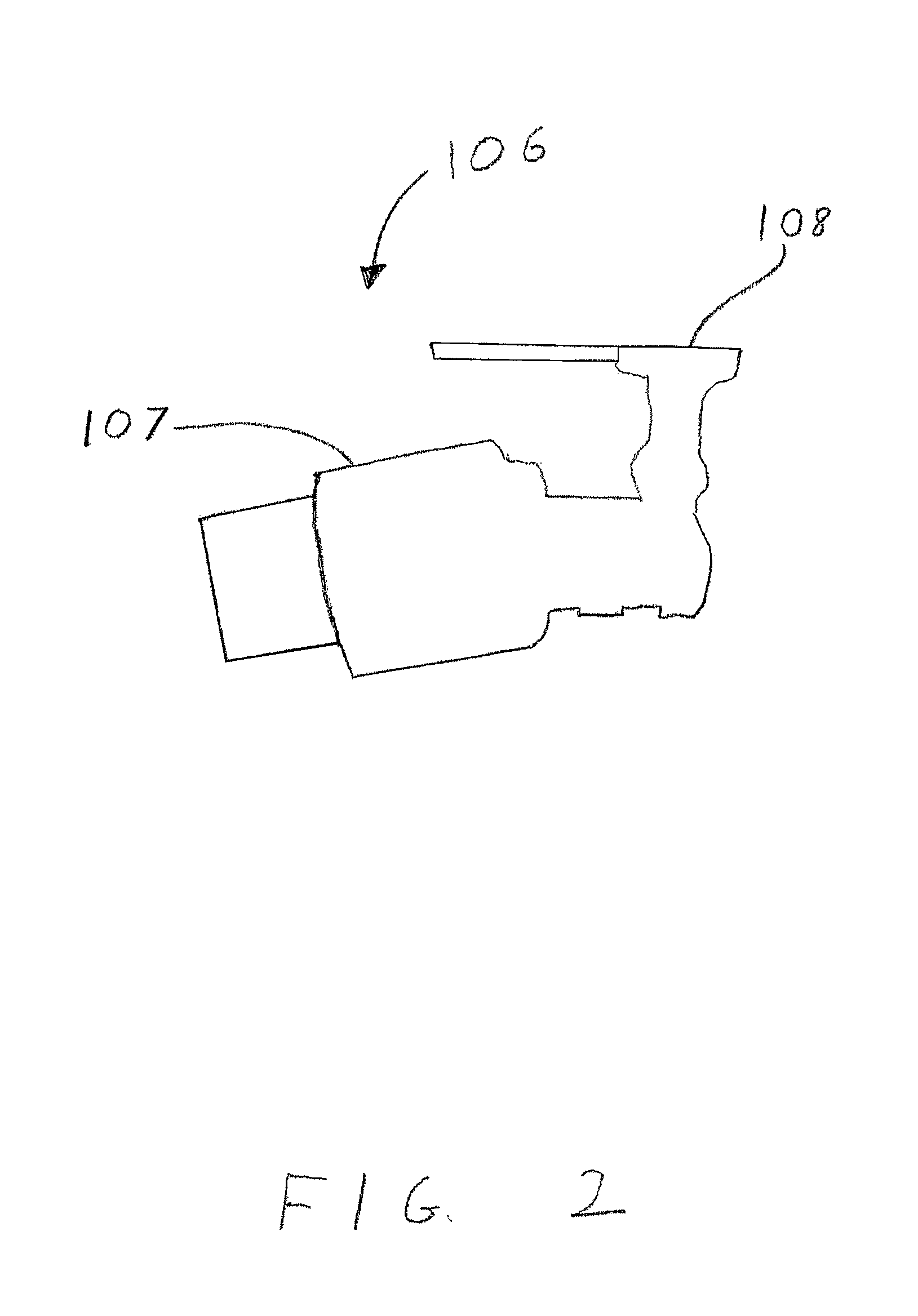Systems, Methods and Devices for Collecting Data at Remote Oil and Natural Gas Sites
a technology for oil and natural gas sites, applied in the field of data collection from remote locations, can solve the problems of difficult access, insufficient cell or internet coverage, and high cost of managing all aspects of these sites, and achieve the effects of improving the service life, improving the service life and improving the service li
- Summary
- Abstract
- Description
- Claims
- Application Information
AI Technical Summary
Benefits of technology
Problems solved by technology
Method used
Image
Examples
Embodiment Construction
[0042]For the purposes of promoting or understanding of the principles of the invention, reference will now be made to the embodiments, for example, illustrated in the drawings and specific language will be used to describe the same. It will nevertheless be understood that no limitation of the scope of the invention is thereby intended.
[0043]In accordance with the teachings of the present invention and as discussed in more detail presently, systems, devices and methods are provided comprising one or more unmanned aerial vehicles (UAV's) or other drone aircraft, for the purpose of collecting data from remote sites, such as oil and natural gas wells, processing and refinery plants, produced water (e.g., fracking water and the like) storage areas, windmill farms, nuclear reactors, coal mines, research stations, pipelines or other remote sites wherein cellular or other signal transmissions are limited or completely absent. In the embodiments described hereinafter, the systems and method...
PUM
 Login to View More
Login to View More Abstract
Description
Claims
Application Information
 Login to View More
Login to View More - R&D
- Intellectual Property
- Life Sciences
- Materials
- Tech Scout
- Unparalleled Data Quality
- Higher Quality Content
- 60% Fewer Hallucinations
Browse by: Latest US Patents, China's latest patents, Technical Efficacy Thesaurus, Application Domain, Technology Topic, Popular Technical Reports.
© 2025 PatSnap. All rights reserved.Legal|Privacy policy|Modern Slavery Act Transparency Statement|Sitemap|About US| Contact US: help@patsnap.com



